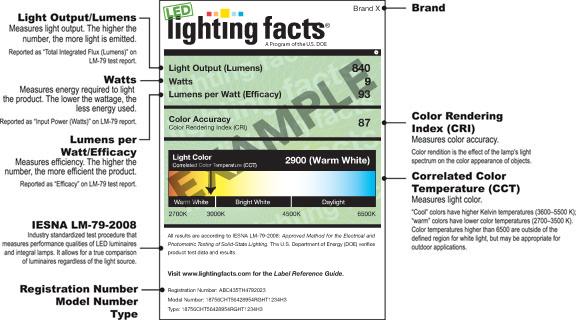Developments in Lighting

Interior Elements
Environmental Interior Designer specializing in green building material selection and specification.
There is quite a buzz in the world of artificial lighting these days. In recent years saving energy by swapping out light bulbs with the latest energy efficient technology utilizing associated utility funded rebates has been a mainstream initiative. But what about the quality of those replacement lights that we then live and work under? Recent studies indicate that there may be some adverse effects from our exposure to some of the more energy efficient technologies such as fluorescent and more commonly now LED (Light emiting diode). LED produces more blue light which can supress the natural hormone melatonin in our bodies throwing off our natural circadian rhythm. This disruption in our system is linked to several types of cancer and even diabetes and heart disease. Another Harvard study where timing of circadian rhythms in 10 people were shifted slightly decreased levels of leptin, a hormone that regulates appetite and affects blood sugar levels putting test cases in a prediabetic state.
Attention to wellness and building occupant health is springing up in the world of architecture and design affecting how we design and specify products including lighting. Mimicking nature provides the best results for introducing electric lighting into our buildings and homes. Consideration must be taken for necessary light levels but recommendations go further to prescribe correlated color temperature (CCT), the warmness or coolness of light color as it aligns with the colors of natural daylight throughout a 24 hour period. Also important is CRI (color rendering index), the appearance or most accurate depiction of objects under the light source. Using light sources with more amber tones upon waking to cooler blue light mid day and then a return to warm amber or yellow light in the evening, stimulating the production of natural melatonin in our systems to induce sleep is the general science behind current lighting design. If you can imagine the application of this science with the elderly in life care centers, children in schools and all of us in our homes and workplaces, we may just be on the cutting edge of improved health, disease prevention and a better quality of life for everyone.
What you can do...
• Purchase good quality LED products with DOE (Department of Energy) label indicating color preferences and Energy Star certification.
• Use warmer color dim lights in the evening hours. A 2700K (kelvin temperature) or lower is best for melatonin production allowing us to fall asleep naturally.
• Turn off computers and bright screens a few hours before bed. Utilize “night shift” option on smart phones to lessen blue light while using.
• Get out in natural daylight as much as possible and utilize bright white light during daytime tasks for better mood and restful nights.
- ( 5401 ) views

Since 1990 I have specialized in sustainable design for both commercial and residential clients with an emphasis on green building materials and energy efficient lighting. I am also an educator with Boston Architectural College teaching Materials, Resources and Indoor Environmental Quality online course for the Sustainable Design Institute.
- ( 0 ) Ratings
- ( 0 ) Discussions
- ( 0 ) Group Posts
Reply/Leave a Comment (You must be logged in to leave a comment)
Connect with us!
Subscribe to our monthly newsletter:



 Inflation Reduction Act (IRA) - Tools & Resources Sep 26, 2023
Inflation Reduction Act (IRA) - Tools & Resources Sep 26, 2023 The Role of Data: Adaptive Building Aug 08, 2023
The Role of Data: Adaptive Building Aug 08, 2023



























Not a Member Yet? Register and Join the Community | Log in